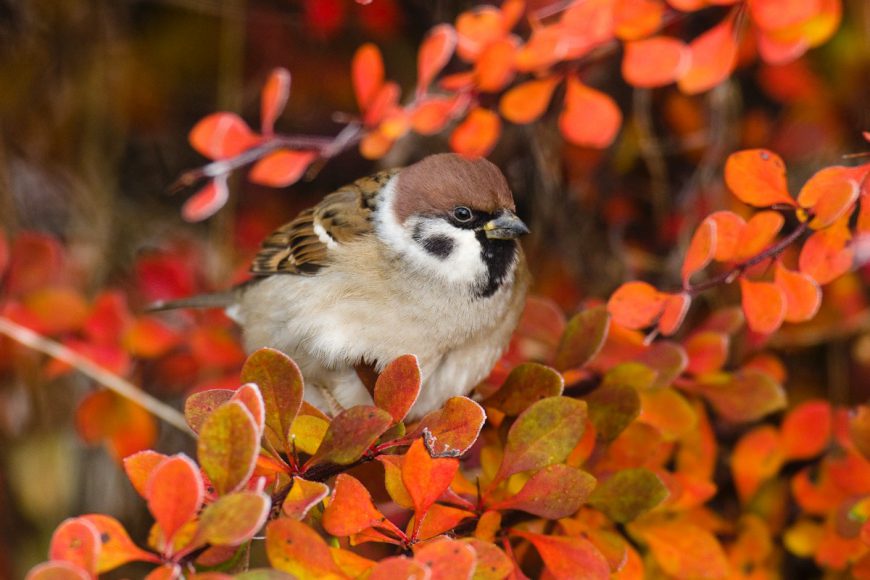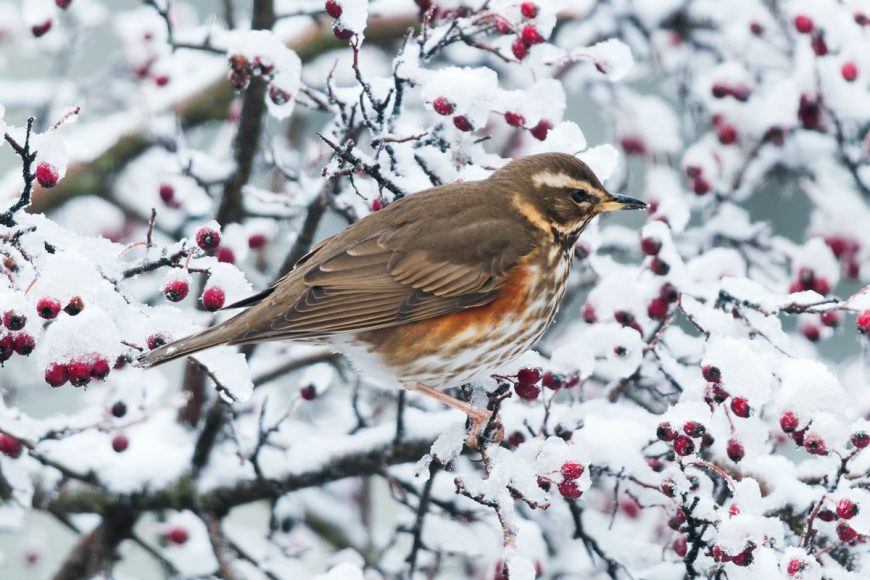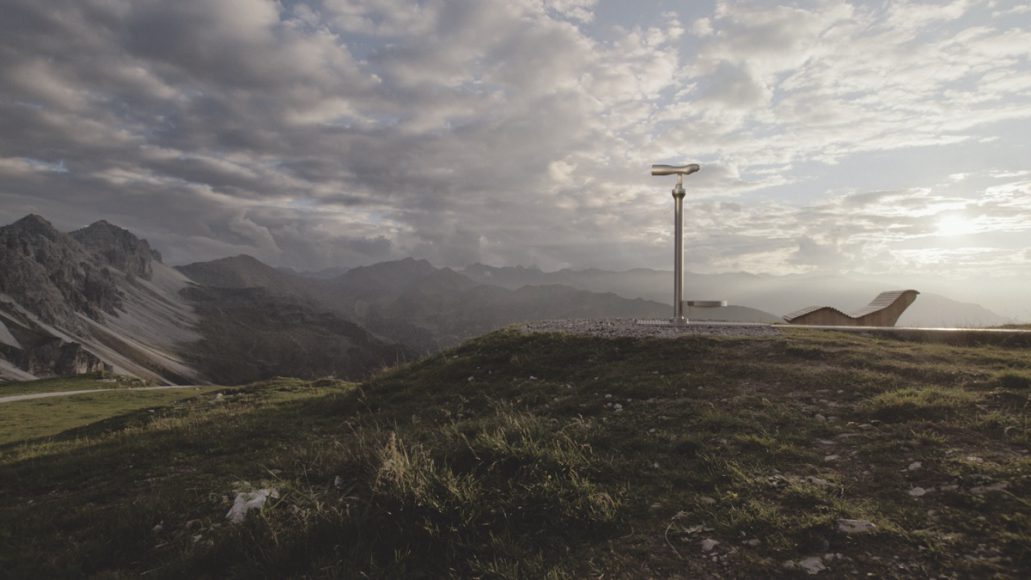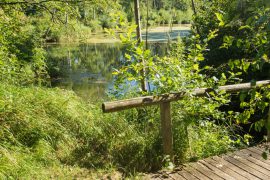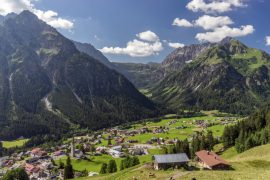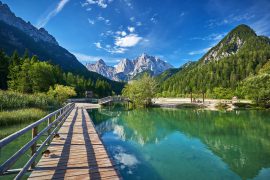Anyone wanting to get into the beautiful and increasingly popular hobby of birdwatching will find good conditions in the coming winter months. SWAROVSKI OPTIK explains what birdwatchers should look out for during the cold season in an interview with Austrian bird expert and photographer Leander Khil. With these tips, all birdwatchers will be well advised when they take part in the „Winter Bird Watch“ in January 2021. With this campaign, the bird conservation organisations Birdlife in Austria and the Landesbund für Vogelschutz in Bayern (LBV) together with the Naturschutzbund (NABU) in Germany call for more information about the bird world in winter every year in January. More information on the campaign at
www.birdlife.at/page/stunde-der-wintervoegel
www.lbv.de/mitmachen/stunde-der-wintervoegel/
Fascination Birdwatching: Birdwatching as a leisure activity is in vogue. And the beauty of this hobby is that you can do it almost anywhere. Without travelling far, you can use the nearby stream or pond, the park around the corner, the garden and even the balcony as an observation spot. The only things birdwatchers need are patience, binoculars and help in identifying the species. This can be an identification book or, for example, the digital guide from SWAROVSKI OPTIK. The binoculars combine observation with automatic identification of animals thanks to the dG app. Expert Leander Khil explains in an interview what else is important to bear in mind when birdwatching in winter.
Why is winter a good time for bird watching?
Leander Khil: The winter months are perfect for getting into birdwatching. One reason is obvious. When the leaves have fallen and the trees are bare, birds are much easier to see. In a densely leafy tree or hedge in summer, we can often only perceive birds acoustically – then identifying bird species is much more difficult. In addition, observers have the advantage in winter that the birds can be attracted to a feeding station and can thus be seen at a fixed point.
What time of day is best?
Leander Khil: When it comes to bird watching, everyone thinks of getting up before sunrise. This makes perfect sense in summer. Because of the milder temperatures and the long days, the birds’ peak of activity is very early and then again in the evening. During the day, birds rest more often – simply because they can afford to. After all, they have the whole day to feed. In winter it is different: on short days, the bird has to use the little daylight to get food and is therefore active all day long – thus ideal conditions for bird watching.
Which weather is most suitable?
Leander Khil: Basically, the nicer the weather, the more birds can be seen. Especially in winter, the weather plays a big role. Cold, wind and precipitation are a challenge especially for smaller birds. On such days, the birds are hardly to be seen. To save energy, they hardly move. When it snows, birds have an even harder time because their food becomes inaccessible. Here we have a twofold effect. Firstly, many birds once again head south. We call this winter flight. But those that stay in our latitudes are much easier to observe when there is a blanket of snow. They all flock to one place: to the feeding house.
Where is observation most useful?
Leander Khil: I recommend the banks of bodies of water as a starting point. This can be a stream, a pond or a reservoir, for example. Water bodies are always rich in food and therefore also rich in species. This is particularly noticeable in winter, when there are still insects and snow-free strips of water. But a forest or a nearby park is also suitable, actually – and this is the beauty – you can watch birds everywhere, even from your own balcony. What helps in any case: if birdwatchers always go to the same place. In technical jargon, the birdwatcher looks for his “patch”. This should be a place that I can reach quickly and easily. If I go to this spot again and again, I really get to know the bird world. I can see what is changing in nature, which birds can be seen in which season and become an expert on my „patch“.
How can I prepare myself for bird watching? Leander Khil: Basically, you don’t need much to go bird watching. Basic equipment includes a good pair of binoculars and the identification book in your backpack. Today, there are also internet forums and expert chats that help identify the bird seen. If you want more information, you can find a range of excursions and lectures at NABU in Germany or at Birdlife in Austria and Switzerland.

Leander Khil is an ornithologist and nature photographer from Graz, Austria. Since childhood he has been exploring nature with a special focus on bird life. He works on TV nature documentaries for the ORF Universum series, writes bird books (e.g. “Vögel Österreichs”) and shows interested people special bird species worldwide as a “bird guide”.
More on www.leanderkhil.com

